This review contains sample shots taken with LumiQuest Quik Bounce reflector (best flash diffuser rating: 8.52). The images show the changes in the shadows depending on camera orientation, flash head angle, and the number of doors open in the Quik Bounce reflecting surface.
When bouncing off of ceiling and walls, the results greatly depend on the setting you shoot in. We provide several reference images here to show what the picture looks like without LumiQuest Quik Bounce attached to the flash. This should allow you making a better judgment on how Quik Bounce affects the image.
The test images are taken in a room with right and back walls far away from the camera. These walls are also non-reflective and do not really affect the image.
The camera is placed almost at the same height as the subject. No flash bracket is used. Distances from the camera to the subject and the ceiling are about 6 feet (1.8 m). The left wall is about 4 feet away (1.2 m).
The left wall and the ceiling are light colored.
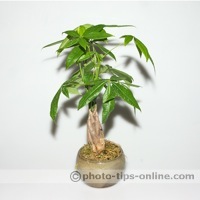
direct flash |
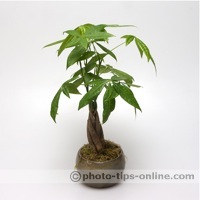
bounced from the ceiling |
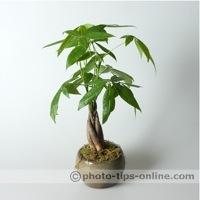
bounced from the left wall |
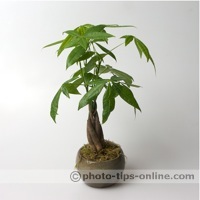
bounced from the left at 45 degrees |
| Camera: | HORIZONTAL |
| Flash Head: | STRAIGHT UP |
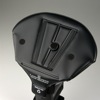
|
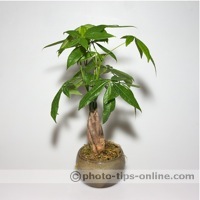
|
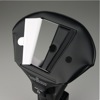
|
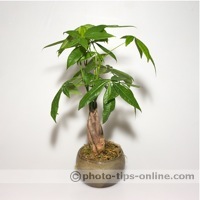
|
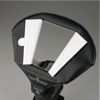
|
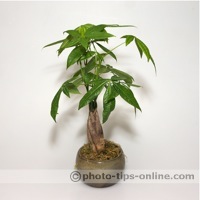
|
| Camera: | VERTICAL |
| Flash Head: | STRAIGHT UP ON THE LEFT SIDE |

|
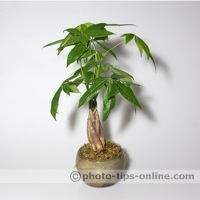
|

|
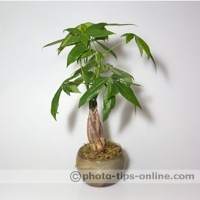
|

|
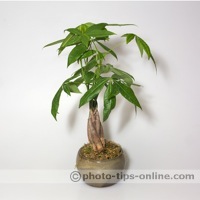
|
| Camera: | HORIZONTAL |
| Flash Head: | TILTED 45 DEGREES TO THE LEFT |

|
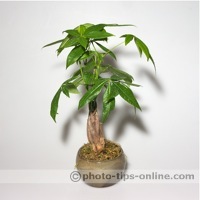
|

|
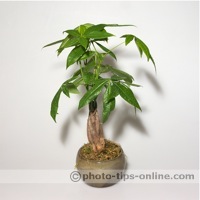
|

|
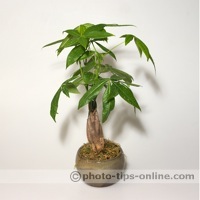
|
So, as you can see from the tests, having both doors closed produces softer shadows than using direct flash (not drastically softer, but noticeably). The result probably is not the most desirable one, but this is your only choice when there is nothing to bounce of.
Opening one door adds softness to the shadows while still producing a rather directional light.
"Two doors open" configuration produces, without a surprise, the softest shadows. This is the best you can get from LumiQuest Quik Bounce, and as we mentioned above, the actual shadow softness is highly dependent on the setting you shoot in. In our examples, the ceiling produces very soft light, and the 20% of the light reflected by Quik Bounce still creates pronounced shadows.
Also note that you can achieve different shadow direction by tilling your flash head similar to what we did in the Test 3.